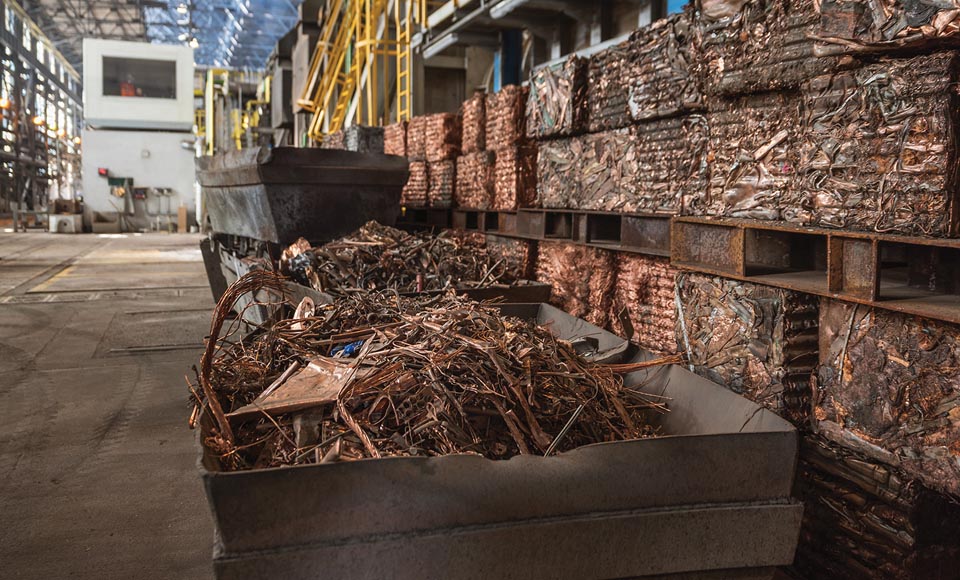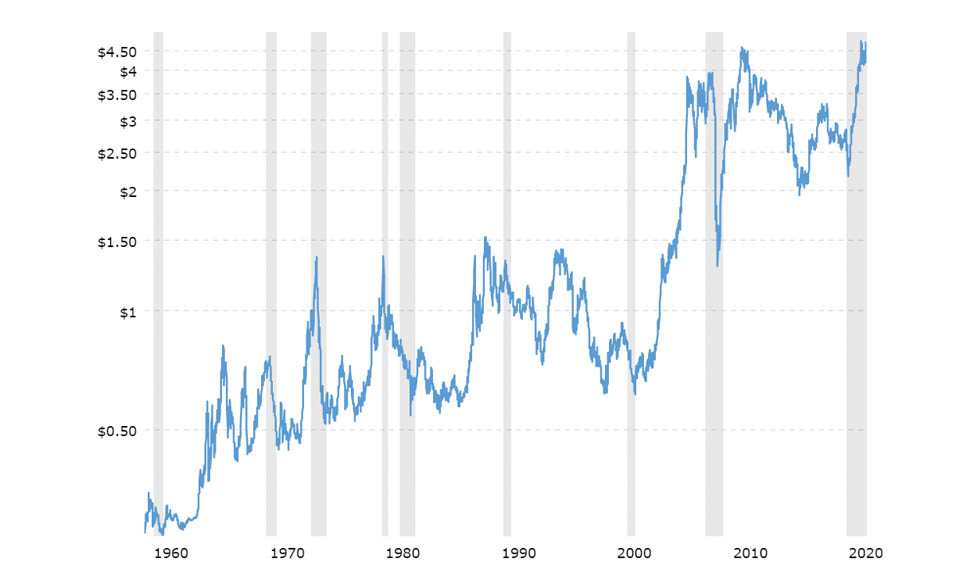António Mateus, Jornalista
The theft of copper is a practice almost as ancient as the notion of value attributed to what was the first metal to get mined and worked by man but never on quite the current scale, especially in South Africa to the point of beginning to compromise the most industrialised economy and with the best infrastructures on the entire African continent.
The South African “giants” in electricity, Eskom, telecommunications, Telkom, and the railway company, Transnet, register annual losses of hundreds of millions of euros for mass theft of copper cabling, the metal with the greatest efficiency for conducting electricity (beaten only by silver in this property). No less harmful is the mutilating impact of these thefts on the operational capacity of these pillar companies to the economy, ensuring the mobility of people and goods not only nationally but throughout all of Southern Africa.
During his “State of the Nation” speech before a parliamentary meeting in Cape Town, President Cyril Ramaphosa stated that the theft of cabling, local disturbances on construction sites and land occupations were harmful to economic activity and discouraged investment when the country is already going through a recessionary period and is forced to divert public resources to the replacement of vandalised infrastructures to the cost of creating the conditions to support the most disadvantaged.
Ramaphosa reiterated the instructions to the South African police and judicial authorities to intensify the combat of all the illicit activities damaging the national economy in keeping with the introduction of more severe penalties for trials concluding this year in cases of copper theft. One instance alone, the Regional Court of Kroonstad attributed a cumulative sentence of 224 years in prison for three persons accused of copper cable theft from an Eskom infrastructure in a process where the investigation was carried out by a private firm purpose contracted for this purpose by the South African energy supplier.
Three months earlier, the Supreme Court of Cape Town handed down a cumulative sentence of 1,250 years to defendants found guilty of 50 cases of theft committed throughout the regions of Namaqualand and Western Cape at infrastructures belonging to Eskom and Telkom, a verdict that was received at the time with a certain hope by the Eskom head of security, Karen Pillay.
“We hope these heavy sentences convey a strong message deterring all potential thieves from targeting the Eskom suspension and underground cables. We shall work without hesitation and tirelessly with all interested parties and judicial and police entities to ensure that all thieves involved in crimes against core infrastructures face the full strength of the law!”, promised the security head at a company that in 2019 alone had spent over two billion rand (around 118.5 million euros) in replacing stolen cabling.
However, the siren call of the other side sounds louder and the hike in demand for copper on international markets (stemming from the option for electricity in favour of fossil fuels) has already exceeded the current mining production capacity for this metal, making recourse to recycled sources particularly profitable whether of legal or illegal origins.
And if there were any doubts as regards the latter, the annual 2020 report of the Indian Ocean city of Durban, one of the main rail and port transport hubs for the country and the sub-region – behind only Cape Town – warns that “South Africa faces a major problem with the theft of copper” and this has a “negative impact on every citizen”. The report then adds that “the scrap-metal business has become very lucrative with scrupulous traders buying up copper without asking any questions” and that this stolen copper then gets exported to countries such as China and India.


Bank of America warns that “copper may run out”
The upward hikes in the price of copper on the international markets have even driven comments describing it as “the new oil” by David Neuhauser, founder and director of the American investment fund Livermore Partners, in declarations to the CNBC television station. Given the soaring demand and the drain on the reserves available, the Bank Of America warns that “copper may run out” and double in cost through to 2025 exceeding the limit of 20,000 dollars per metric ton.
And the country of Nelson Mandela, with the largest infrastructural networks on the African continent financed in the last century by fiscal revenues from the mining, industrial and agricultural sector, has turned into an El Dorado for international traffickers and those who supply them.
The Pretoria Institute of Security Studies (ISS) has identified evidence of foreign buyers – including Chinese triads and other similar Asian groups – are now skirting around the South African scrap metal dealers in reaction to the heightened scrutiny by the authorities.
“One Pakistani syndicate, with an address in Hillbrow (a “complicated” neighbourhood in Johannesburg) has deployed containers in deserted areas as points to deposit the stolen copper”, identifies the ISS paper. “These containers are then driven to Durban and there loaded onto export vessels under forged customs documentation”.
“The consistently high price of copper turns it into a valuable good for illegal trading. The thieves are sophisticated market analysts who decide just when the price of copper reaches a particular level then the theft of this product in particular provides the best returns (in the risk/price relationship) than any other. Copper is available, to a greater or lesser extent, everywhere, unprotected, and as such easy to steal given the extent of the Transnet, Eskom and Telkom networks”.
The ISS researchers advance how one of the four groups of potential beneficiaries from the theft of copper might be the private security industry with a greater interest in maintaining the problem rather than contributing to its resolution.
“Some receive very large contracts to combat the theft of copper and protect state infrastructures but there have thus far been few signs of their effectiveness”, the report highlights. “It is useful (in this framework) to compare the statistics for losses from Transnet and Telkom, which hire private security agencies, with those of Eskom, which recently switched to dealing with the problem through its own means”.
A series of reports on this theme by the recognisably credible South African media outlet “Daily Maverik” starkly portray the way in which this has advanced (and is still ongoing) in dealing with the wave of looting and vandalism that struck the South Africa railway networks and the level of devastation thereby caused, with a particular incidence on the periods under confinement lockdown due to the new coronavirus pandemic.


In addition to the theft of hundreds of kilometre of copper cable (and even sections of railway track) along the extent of the railway network and, in particular, in stations, the scale of the vandalism in the latter left them in a scenario of ruin and devastation.
In Western Cape, looting and vandalism since 2019 led to the reduction from 444 to 151 daily railway services in a complex situation worsened in this province by the occupation of the stations of Langa and Phillipi by migrants evicted from nearby location due to the lack of rent payments during the pandemic. These stations saw the theft of every possible tradeable item, including cabling and electronic signalling equipment, bringing about the temporary halt of all the railway connections between Cape Town centre and the surrounding satellite locations of Khayelitsha and Mitchels Plain.
Train stations transformed into bomb scenarios
Meanwhile, in Gauteng, surrounding Johannesburg and Pretoria, which constitutes the financial heartland of the country, the looting has left operational only three of the 17 railway lines serving the province. Reporting teams from the Daily Maverik visited 20 railway stations and routes between Johannesburg and peripheral locations to witness how looting continued day and night even including locations where that means of public transport, considerably cheaper than the road based alternatives, is crucial for those in the poorest outskirts to get to their respective places of work in the urban centre.
In response to parliamentary inquiries, the South African transport company reported the occurrence of 1,833 incidents of vandalism in Gauteng stations over the last three years and with the repair of the damage and replacement of stolen material costing around two billion rand. This does not quantify the damage caused by thieves to the flooring and walls while excavating the underground cables and ripping out and stealing passenger benches, lighting, sanitation facilities, roofing, windows, doors and their respective frames. Previously bustling with movement, Germiston, Old Ben Rose, George Goch, Kliptown and Chiawelo would seem to have been hit by bomb blasts after being swept by successive waves of looting and acts of vandalism.
To gain an idea of the scale of the network in question, the railway network of Gauteng alone runs over a total of 1,380 kilometres of track, interconnecting 218 stations and stopping points. On the one hand, three thousand guards contracted for the respective surveillance operation. On the other hand, crime syndicates motivated by the soaring prices and demand for copper at the global scale, the lack of effectiveness of the measures adopted to deter crime and the ever greater extent of smuggling and corruption.
And while the rising trend in the price of copper was already considerable for the motives set out above, the energy crisis worsening on a global scale has only deepened this trajectory with industrial metals – from zinc to aluminium – now suffering from fears over the energy price impact on their production.
Equally “accessible”, and as such already intercepted by the organised crime syndicates, is the transport by road of copper mined in the interior of Africa. During transit to the diverse ports of Southern Africa, in the first five months of this year alone, there was the armed hijacking of 66 lorries with the overwhelming majority taking place on South African highways. With each lorry carrying between 32 and 34 tons of copper cathode (mined in Zambia and the Congo), the value of the stolen cargo at current prices stands at around 21 million dollars.
As happens with the case of the copper stolen from Eskom, Telkom and Transnet, the metal is melted down to get rid of series numbers and other ownership marks, transformed into ingots or granules and entered into commercial circuits with very harsh effects on scrap dealers that comply with the law and with many having gone to the wall as a result.
Evert Swanepoel, President of the Copper Development Association Africa (CDAA), representing the producers that use recycled copper warns that the number of association members had been cut by almost a half over the last four years with the loss of thousands of jobs; “if something is not done in the short term, the industry is condemned”, he warned.
And while the worsening imbalance between supply and demand for copper, reflected in the respective hikes in prices around the world, there is good news for exporters, for Chile and Peru, the world’s leading producers of this metal, the bill left behind for countries such as South Africa, the key targets for organised crime syndicates not only jeopardises the post-Covid-19 recovery but also threatens to bring the respective economies and those interdependent on them down to their knees.
There are currently around 250 copper mines in around four dozen states with an estimated (by the US Geological Survey) global output of 20 million tons, thus 30% more than a decade ago.
In turn the International Energy Agency estimates that the current rate of electrification driven by “clean energy” applications, the world demand for copper will double over the next twenty years which will lead to the exhaustion of the world’s reserves (estimated at around 870 million tons, with one quarter in Chile) over a timeframe of shortly over two decades.







